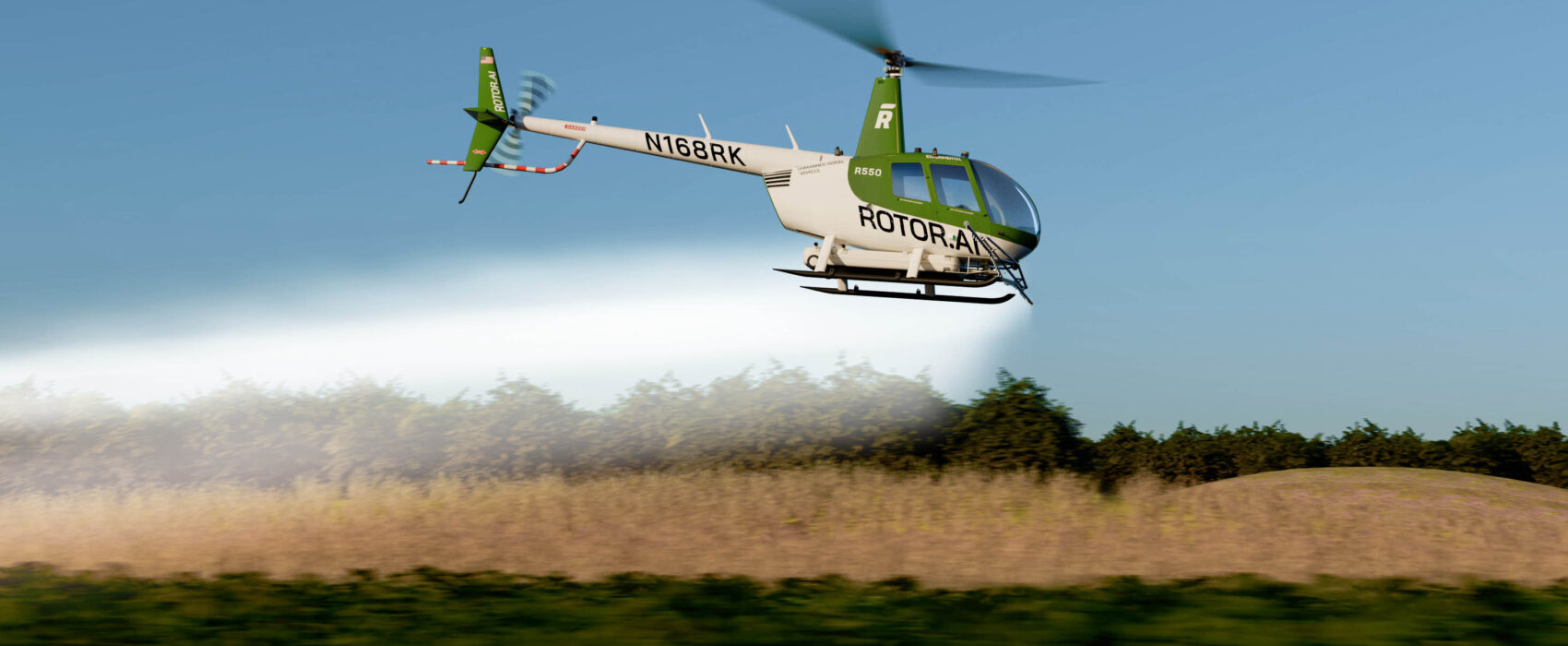Agribusiness, a combination of the words “agriculture” and “business,” refers to commerce based on farming and related activities. The current market size of agribusiness stands at $3.3 trillion and continues to grow unabated [1]. Agribusiness, as is broadly the aim of all business, seeks to maximise profits; these profits, however, can come with environmental expense. The worldwide industry accounts for around 17% of the world’s greenhouse gas emissions, contributing to the rise in global temperatures [2].
One of the ways in which the search for increased productivity and profits sacrifices the environment is through greatly increased water consumption. Currently, agriculture already consumes about 70% of the world’s fresh water [3]. In order to maintain profits by producing more food, this number will only continue to increase with agribusiness, meaning even more water consumption. It takes between 2,000 and 5,000 litres of water to produce the daily food needs of one person [4]; this amount keeps rising as large farming corporations continue to take over land and as development across the world continues to rise. Such high levels of water use are unsustainable and could degrade the quality of the world’s water if they continue without appropriate measures being instated.
Another way in which agribusiness contributes to environmental degradation is through the constant application of chemicals into earth in the hope of maximising profit. Additives such as pesticides, fertilisers, and other toxic farm chemicals are put into the soil, which can permanently poison freshwater, marine ecosystems, air, and soil. The surface runoff engendered by the spraying of such chemicals creates massive problems for the surrounding ecosystems, and may even disrupt the hormonal systems of both animals and the people working on the farms. These fertilizers can also cause major problems, as overuse can lead to eutrophication. For example, there was catastrophic eutrophication in China in 2016. Due to the high amount of food production resulting from agribusiness, great volumes of manure were being taken and dumped into rivers. This manure posed the same problem as that provided by the runoff of fertilizer. Manure – in China, for example, 30% to 70% of manure was directly dumped into the rivers; in the years prior to 1970, however, when farms were mostly single-family-owned, only 5% of manure was dumped directly into the rivers[5]. Due to eutrophication, the whole river turned green with algae and killed most of the wildlife inside and near the river. This is indicative of how increased agribusiness can result in mass pollution and thus has an overall catastrophic impact on the environment.
While agribusiness contributes to pollution through the use of chemicals, it also results in air pollution, which is related to the livestock and the manure they produce. According to the EPA, manure management by itself is responsible for 12 percent of all agricultural greenhouse gas emissions in the United States, while 14.5 percent is the global percentage according to the United Nations’ Food and Agriculture Organization.[6] In addition, agriculture contributes the most to air pollution through ammonia emissions. 95% of ammonia emissions come from livestock manure and chemicals, which in turn constitute 58% of the particulate matter air pollution in European cities.[7] This is a result of agribusiness, since the constant increase in the number of animals and ensuring they eat sufficiently leads to much more manure being produced than before. Some of the chemicals that are leached into the soil also drift through the air, creating poor air quality even in areas far away from the farms. Again, it indicates how agribusiness not only destroys the local environments but also contributes to deteriorating those at distant locations.
Apart from the environmental problems, the other issue related to agribusiness is that it creates many social problems and harms many people. The International Labour Organization (ILO) estimates that at least 170,000 workers in the agricultural sector are killed each year—whether through lack of protections, higher risk of poverty, or exposure to toxic pesticides.[8] On top of this, manure binds with other elements in the air, creating tiny solid particles. These particles are then inhaled, which can lead to heart and lung diseases. These diseases are estimated to take over 3.3 million lives every year globally.9 Besides the deaths caused by over-farming and increased usage of chemicals, agribusiness is also causing a tremendous increase in the global poverty levels. To date, farming is the only viable livelihood option for ¾ of the global population living below the poverty line. Subsidies given by European and US governments to their agricultural sectors stimulate overproduction, thereby driving down prices and forcing many producers in developing countries to take environmentally compromising shortcuts. This inadvertently forces many farmers of less-developed countries to remain in poverty because they cannot sell their crops at a realistic price. Agribusiness also contributes to social issues such as de-incentivising people to work and condensing farms to have higher crop production. According to GRAIN, small-scale farms make up 90 percent of all farms, and these farmers, who are small, have only 25 percent of the world’s farmland to work on.[10] This is an example of how agribusiness has caused small farmers not to be in a position to compete, although large corporations are taking over the business and increasing their profits.
Overall, this shows how big of an industry it is and how much control it has over most agricultural sectors. All this gain in production does come with a big price tag. First, we are not to be blindfolded about its impact on the environment and how agribusiness can account for sustainability in the future to limit environmental degradation. We also need to tackle the social issues that come with agribusiness and try to work our way toward a fair system. Even so, agribusiness is crucial in helping us try to produce enough crops to match the growing population. In any case, we must find a way to make it sustainable.
Bibliography:
https://www.agribusinessglobal.com
https://en.wikipedia.org/wiki/Agribusiness
[5] [9] https://www.nrdc.org/stories/industrial-agricultural-pollution-101#causes
[6] [10] https://theecologist.org/2021/aug/25/agribusiness-devastates-our-environment
[8] https://www.clarity.io/blog/the-two-way-relationship-between-agriculture-and-air-pollution










